518.
Barn Swallow (Formerly known as European Swallow) Hirundo rustica (Europese Swael)
Order: Passeriformes. Family: Hirundinidae
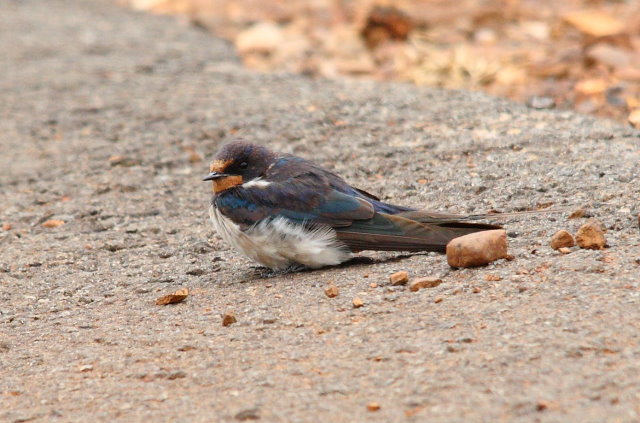 Description
Description
14 cm (streamers = 6 cm). The most common swallow in the region between the months of November and March. The red throat and forehead, blue-black breast band and deeply forked tail are diagostic.
The adult male has steel blue upperparts and a rufous forehead, chin and throat, which are separated from the off-white underparts by a broad dark blue breast band. The outer tail feathers are elongated; giving the distinctive deeply forked "swallow tail." There is a line of white spots across the outer end of the upper tail. White windows clearly visible in tail when spread.
The female is similar in appearance to the male, but the tail streamers are shorter, the blue of the upperparts and breast band is less glossy and the underparts paler.
The juvenile is browner with buffy forehead; it has a paler rufous face, chin and throat and whiter underparts. It also lacks the long tail streamers of the adult.
Similar species: The rufous forehead and throat distinguish the Barn Swallow from other swallows with metallic blue upperparts. lt differs from the
Wire-tailed Swallow in that it has a rufous forehead and throat with a broad dark chest-band. The
White-throated Swallow is distinguished by white throat and narrow, dark chest band, together with the rufous forehead.
Distribution
Barn Swallows is the most widespread species of swallow in the world. Breeding grounds across North America and Eurasia. In the non-breeding season the population moves south to South America, Africa and southern Asia. In southern Africa it can occur in any habitat, although it is uncommon in arid, semi-arid and high altitude (e.g. Lesotho) areas.
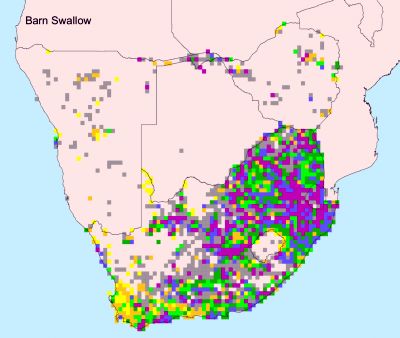 Movements and migrations
Movements and migrations
Most birds arrive in the region during October-November, leaving in huge flocks around March and April. Adults migrate long distances to their wintering grounds. Although some arrive as early as the beginning of September, the majority only reach southern Africa by late October or early November. They arrive in the most southerly parts of their range a little later than in the north. Departure dates for all areas are early April, with a small number of birds recorded in May, especially in Zimbabwe. Overwintering has been recorded but is rare.
Most European Swallows which reach southern Africa originate from the northern parts of Asia and Europe. Western continental and central European birds mostly visit central Africa, while northern and eastern European birds come to central and eastern Africa, and eastern South Africa. In southern Africa as a whole, however, west, central and east European birds are found together. Ringing recoveries show that British and Irish swallows tend to travel to western and southern South Africa, that those present in the Transvaal come largely from west of the Urals, and those found in the eastern Cape Province and KwaZulu-Natal originate largely from east of the Urals. The race
gutteralis, which breeds from the eastern Himalayas to Japan, has also been reported in southeastern Africa in small numbers.
Habitat
Forages over all habitats. It is generally more common in the moist eastern half of the region, favouring Miombo (Brachystegia) woodland, open grassland, pastures, cultivated fields, open water and vleis.
Diet
Mainly insects caught on the wing. A diverse range of insects including Mosquitoes, flies and moths. These swallows also drink on the wing, dipping beaks into the water in flight.
Breeding
The male Barn Swallow returns to the breeding grounds before the females and selects a nest site, which is then advertised to females with a circling flight and song. The breeding success of the male is related to the length of the tail streamers, with longer streamers being more attractive to the female. Females build cup shaped nests out of mud and grasses usually against a hard vertical surface, such as eaves of buildings or under bridges. They often choose the same nest site year after year. Females lay three to five eggs that they incubate for two to three weeks. After hatching, the chicks will remain in the nest for another three to four weeks before fledging. Adults will rear two broods each year, depending on the weather and supply of insects.
Call
The song of the Barn Swallow is a cheerful warble, often ending with
su-seer with the second note higher than the first but falling in pitch. Calls include
witt or
witt-witt and a loud
splee-plink when excited.
Listen to Bird Call.
Status
Abundant summer visitor. Non-breading Palearctic migrant. First arrivals in September, most in October or early November. Large flocks gather on telephone lines or trees before departing end Feb to early May. Roosts mainly in reedbeds in groups of a few hundred to thousands of birds.
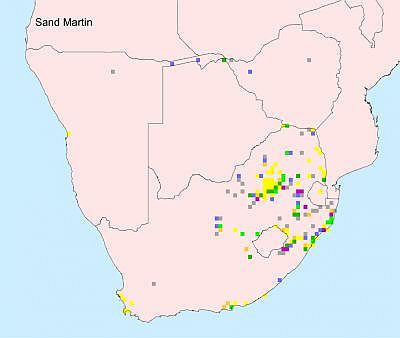



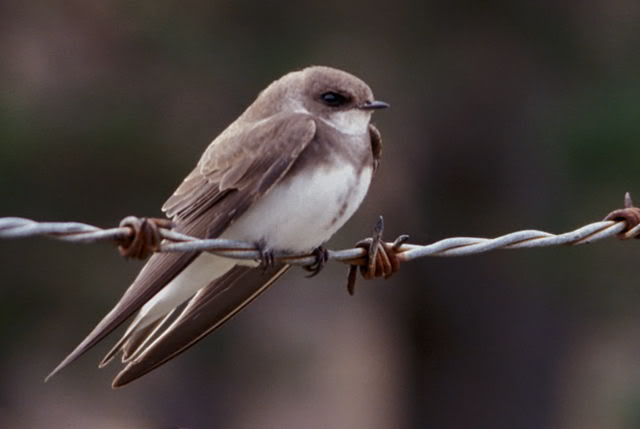
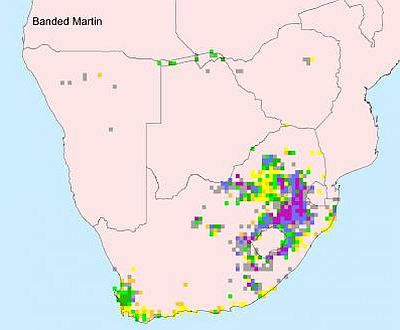
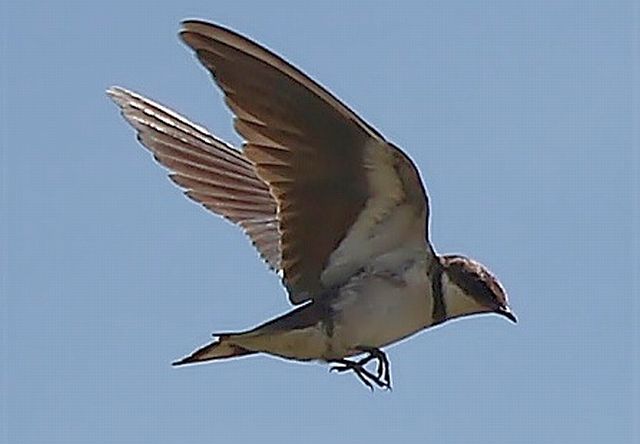 © Amoli
© Amoli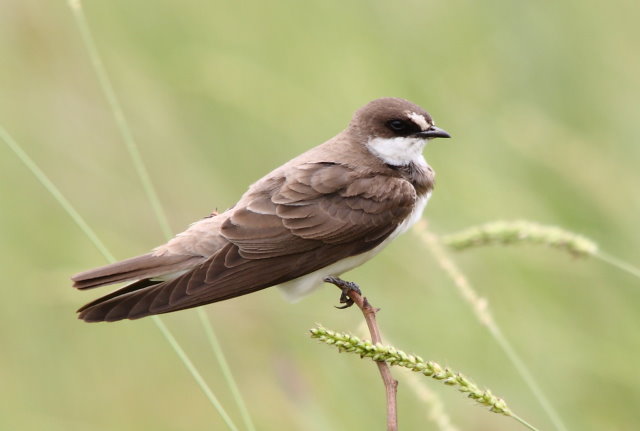 © Flutterby
© Flutterby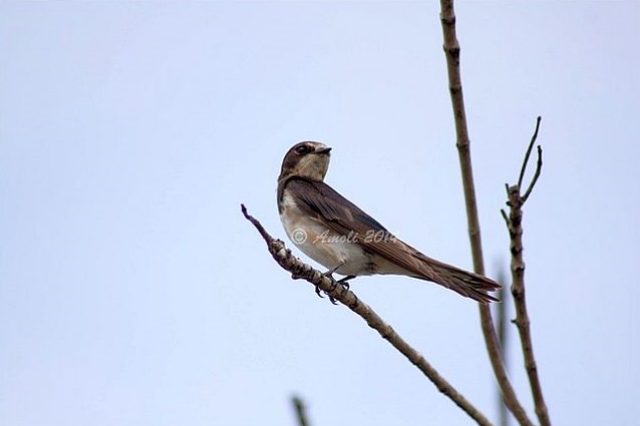 © Amoli
© Amoli

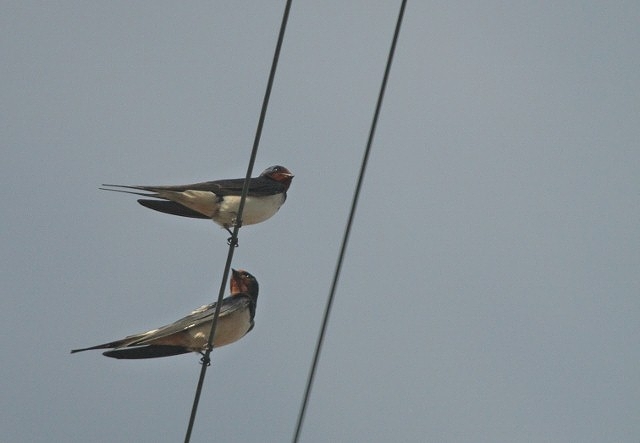 © nan
© nan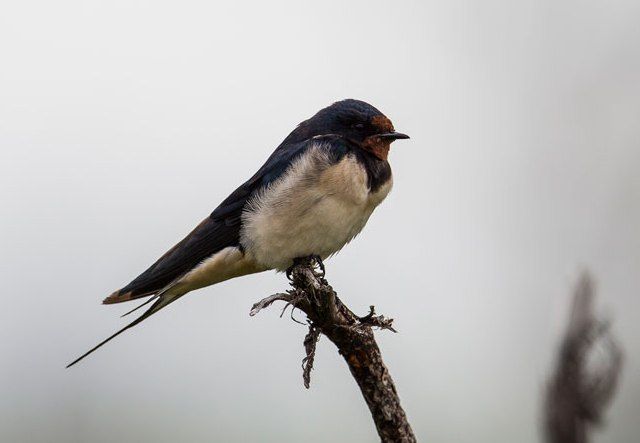 © Pumbaa
© Pumbaa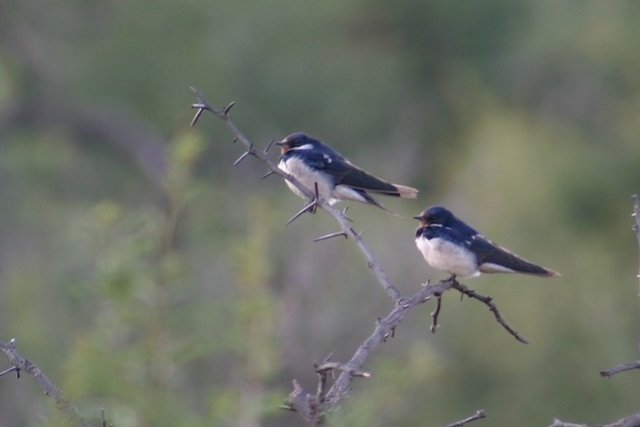 © ExFmem
© ExFmem © Duke
© Duke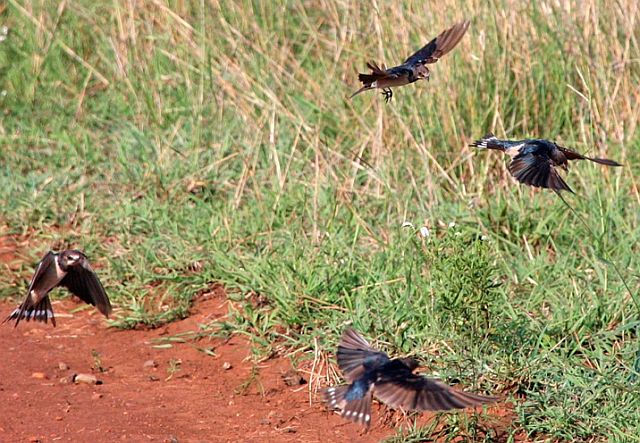 In moult © leachy
In moult © leachy 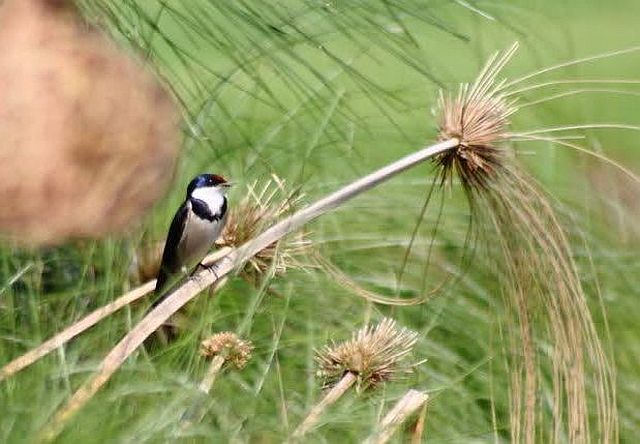 © Flutterby
© Flutterby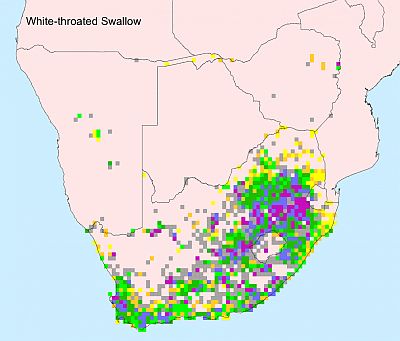
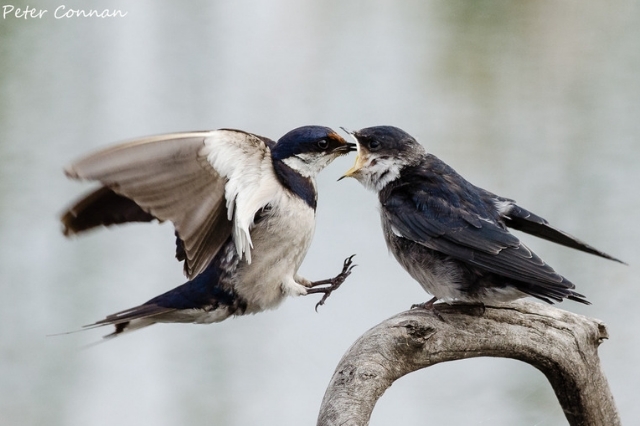 © Peter Connan
© Peter Connan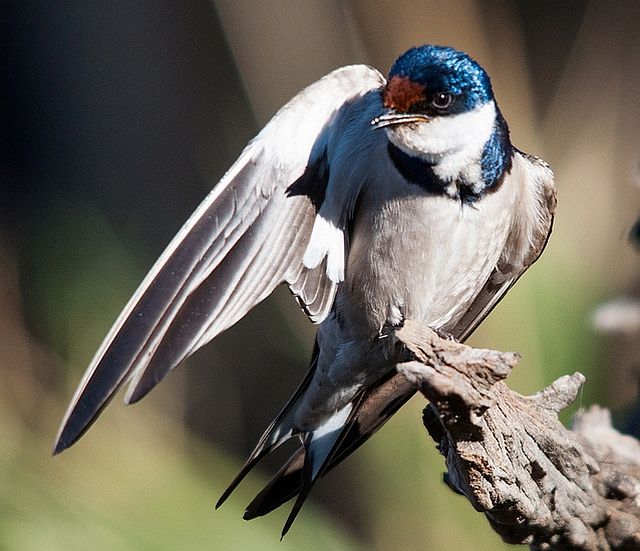 © Joan
© Joan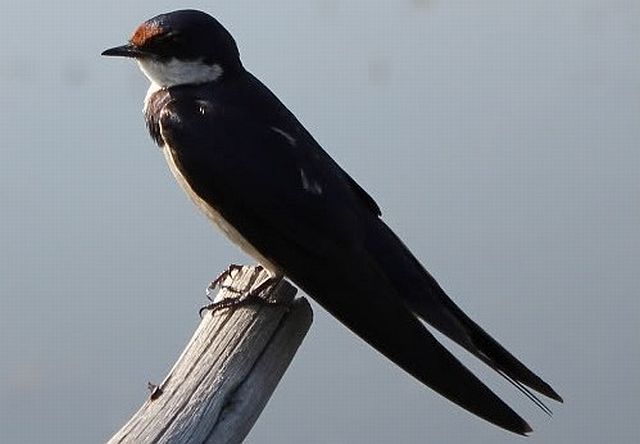 © Amoli
© Amoli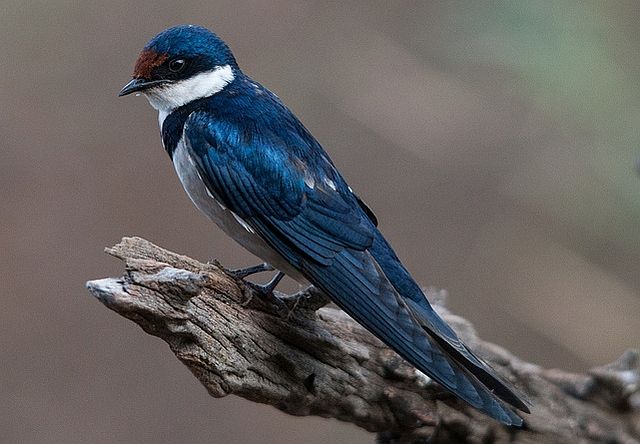 © steamtrainfan
© steamtrainfan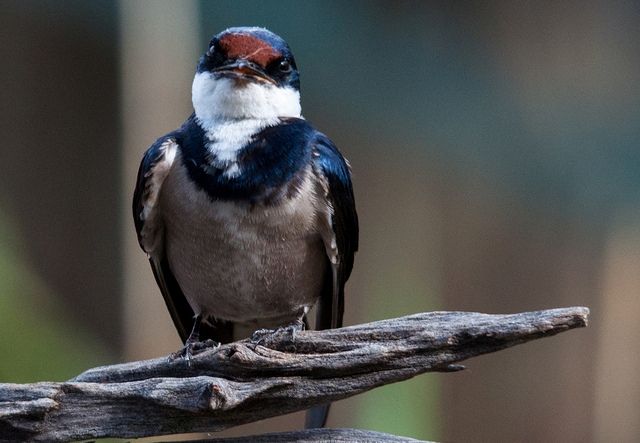 © steamtrainfan
© steamtrainfan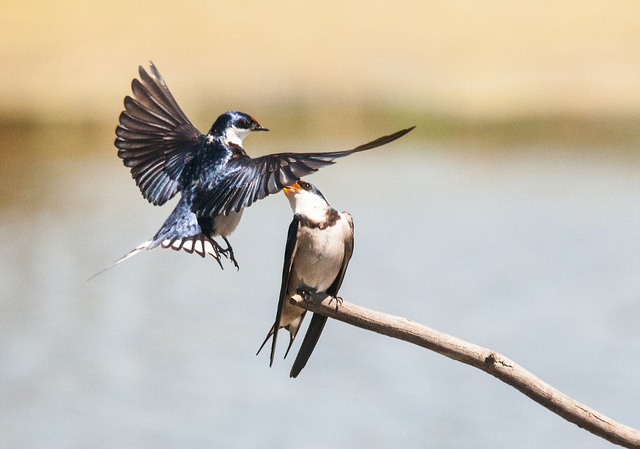 © steamtrainfan
© steamtrainfan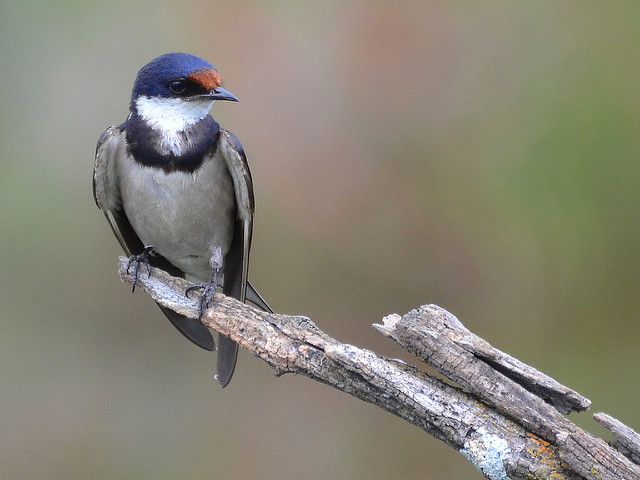 © Grumpy
© Grumpy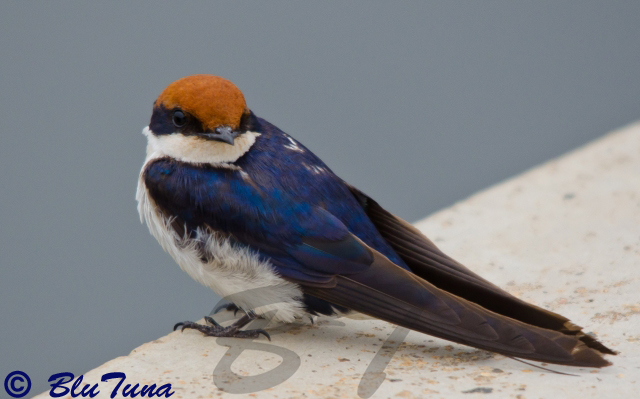 © BluTuna
© BluTuna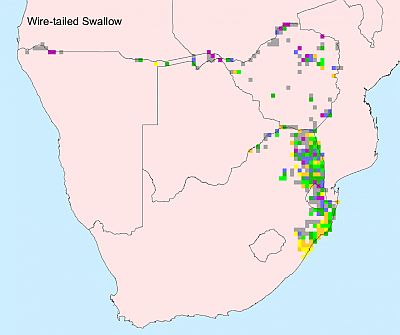
 © pooky
© pooky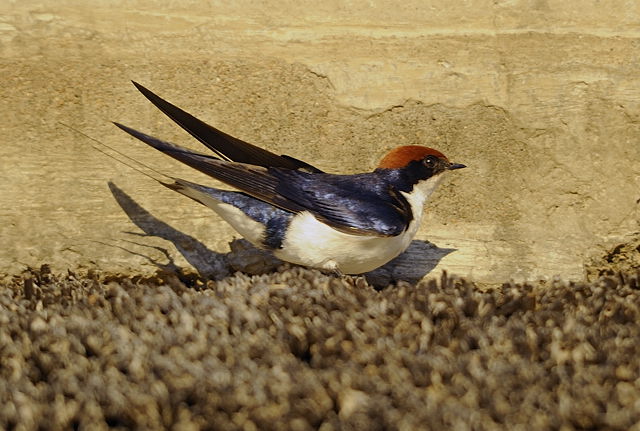 © Dewi
© Dewi © Flutterby
© Flutterby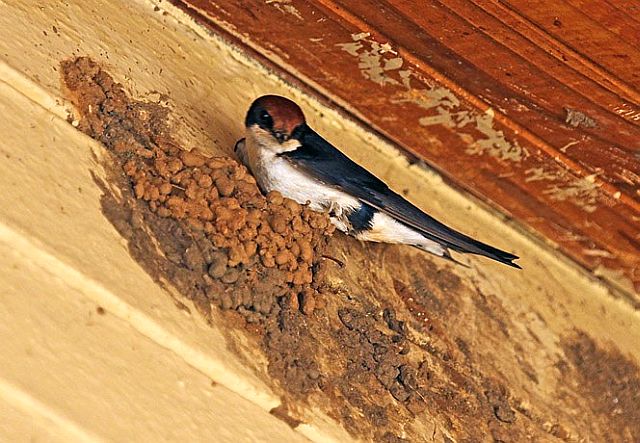 © leachy
© leachy